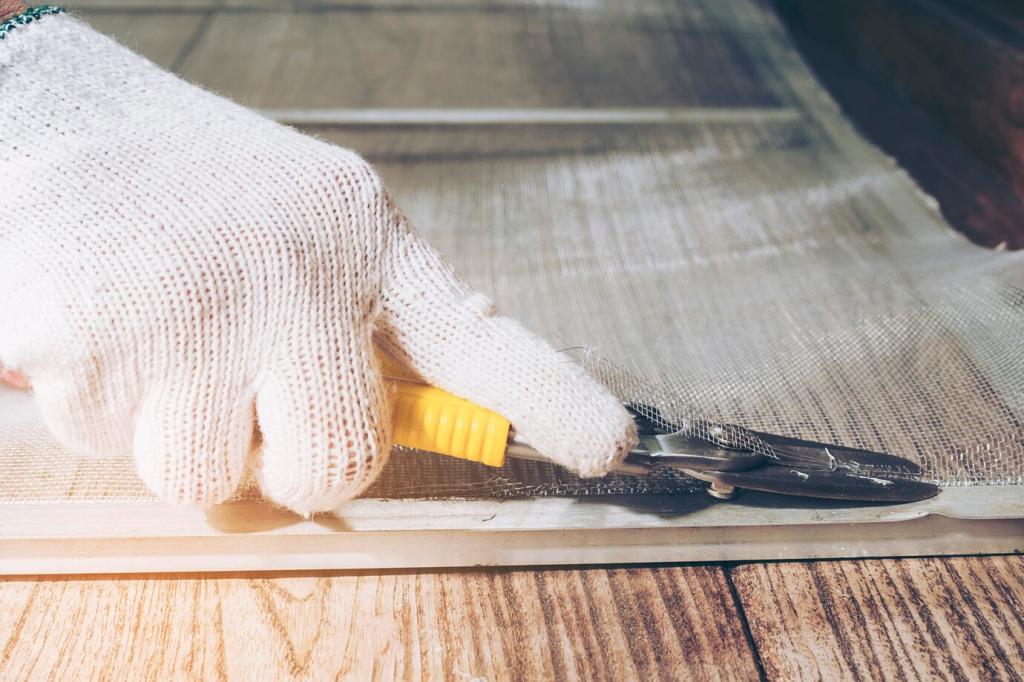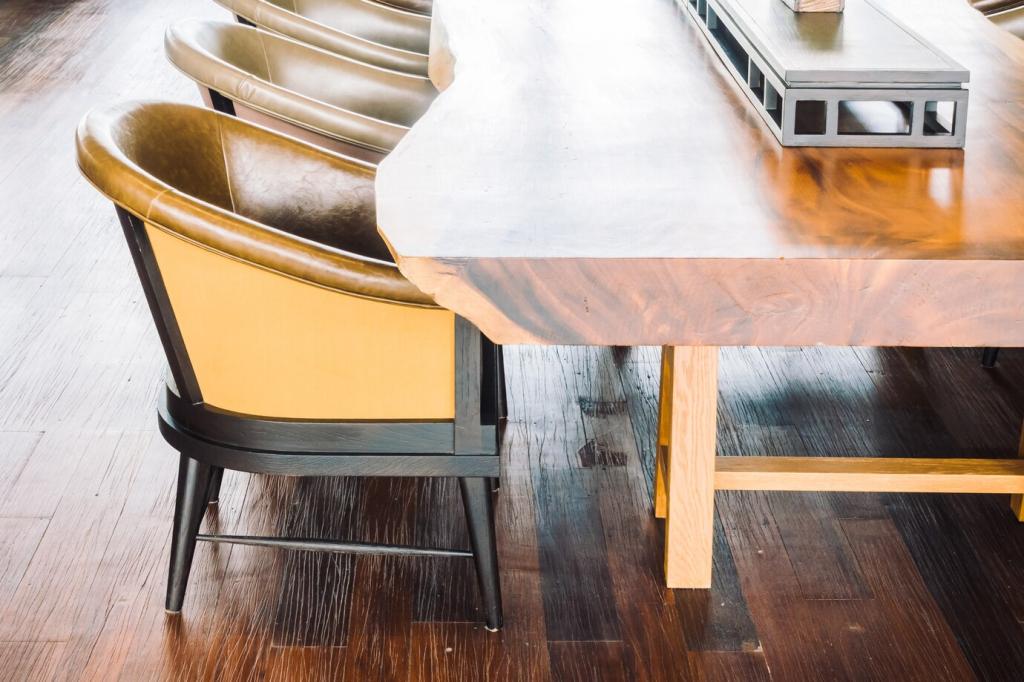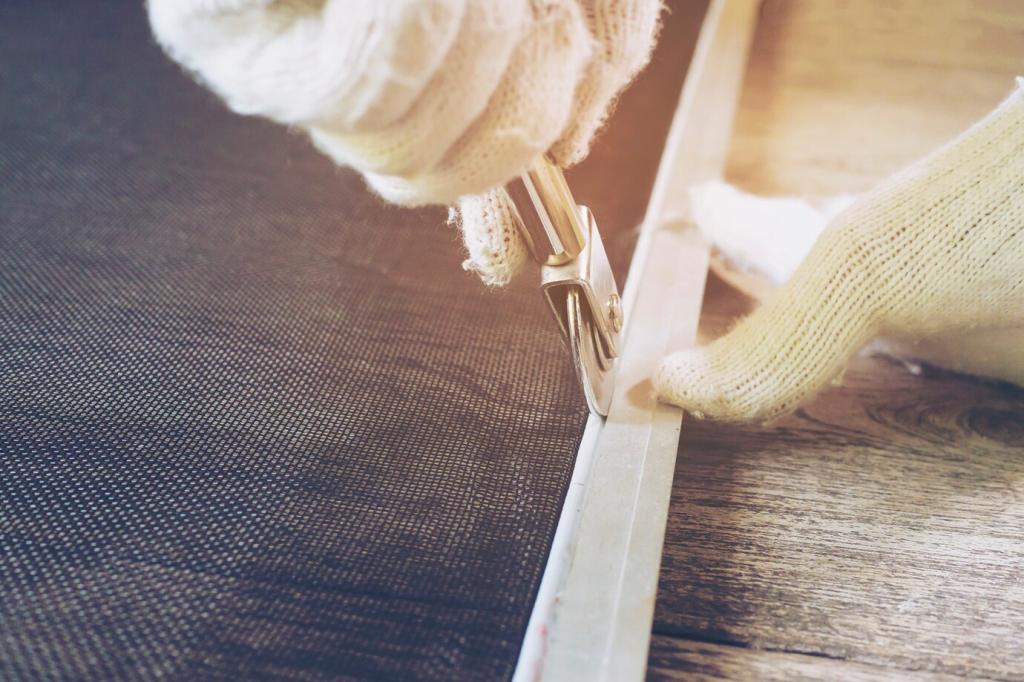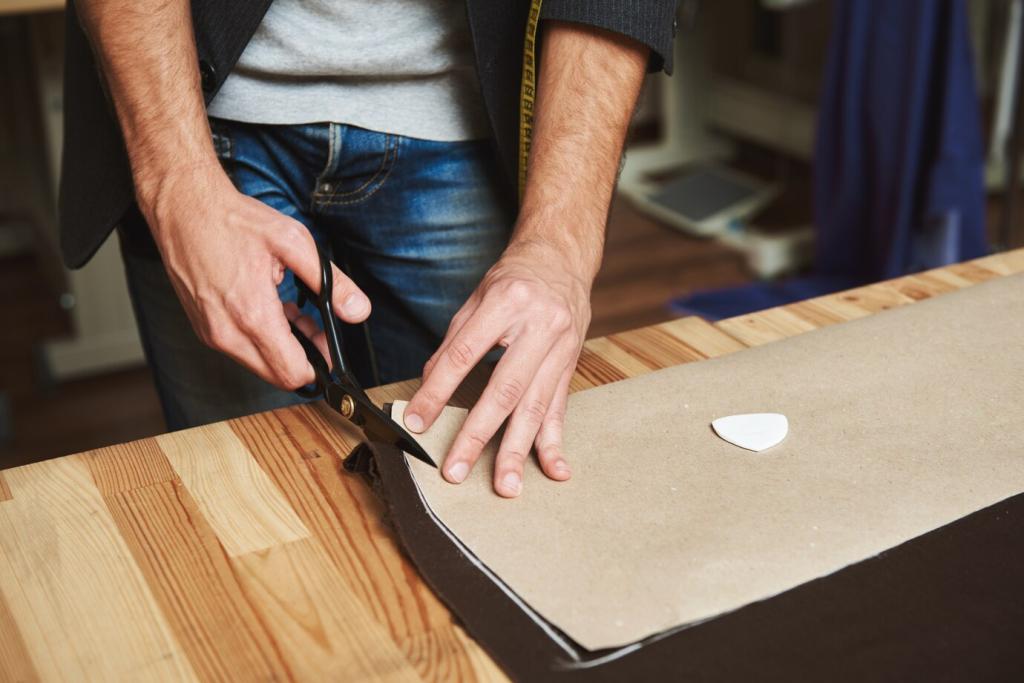Air Quality: Pollutants, VOCs, and Indoor Life
Urban ozone and smoke particulates can accelerate oxidation, dulling oil finishes and yellowing clear coats. After wildfire events, we noticed subtle haze on satin varnish that required gentle re-polishing. Running filters during high AQI days and wiping with a dry microfiber helps. Tell us how smoke season changed your care routine.
Air Quality: Pollutants, VOCs, and Indoor Life
Avoid ammonia or high-pH cleaners that cloud finishes and weaken waxes. Choose pH-neutral, residue-free formulas, and favor barely damp microfiber over soaked cloths. Always test on an inconspicuous spot. Share your trusted products and any mishaps—your cautionary tales can save another reader’s sideboard from a well-meant but harsh wipe-down.




